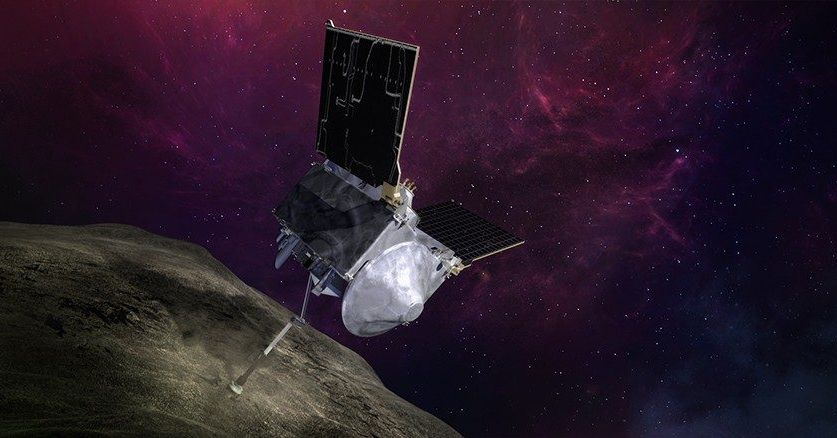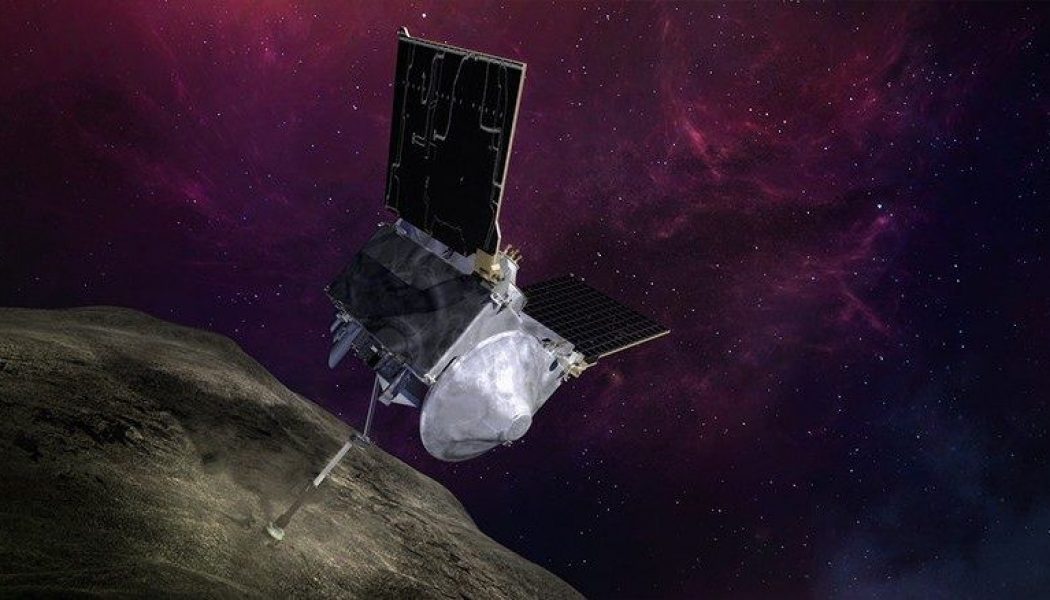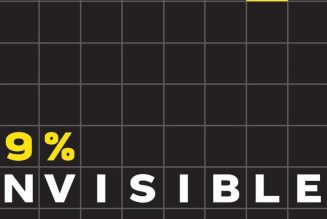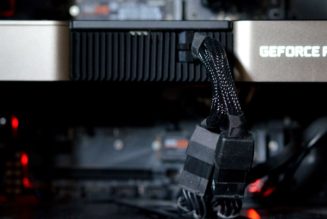
This afternoon, a NASA spacecraft more than 200 million miles from Earth successfully touched the surface of an asteroid, in an attempt to grab a handful of pebbles and dust from the space rock. Data from the spacecraft confirmed that the vehicle did indeed touch the asteroid today, but NASA won’t know until tomorrow if it actually snagged a sample of material.
“Touchdown declared,” a mission controller announced when the team received data confirming the maneuver. “Sampling in process.” The news of the success was met with cheers and applause from engineers following along with the procedure.
The spacecraft that just tapped the asteroid is OSIRIS-REx, and this sampling maneuver has been years in the making. The main purpose of the spacecraft is to bring a pristine sample of an asteroid back to Earth, so that scientists can study the material in a lab. Asteroids are considered to be primordial remnants of the early Solar System — objects that have remained relatively unchanged since the dawn of the planets. Analyzing just a tiny piece of an asteroid could give scientists a wealth of knowledge about the types of materials that were present when the Solar System was just getting started.
But if all went well with the sampling, OSIRIS-REx’s haul won’t be tiny. The mission team is hoping to snag up to 60 grams (2.1 ounces) of dirt from the spacecraft’s target asteroid, named Bennu. If OSIRIS-REx grabbed that much material, it will be the largest sample from an asteroid ever collected — and the largest sample of material gathered from another space body since the Apollo missions. Two other Japanese missions have sampled asteroids before, but their caches were in the milligram range. And OSIRIS-REx could possibly get much more, with the capability of gathering up to 2 kilograms (4.4 pounds) of asteroid samples.
[embedded content]
To collect the sample, the OSIRIS-REx spacecraft is equipped with a long, thin robotic arm, with a cylindrical collection device attached to the end. This afternoon, the spacecraft descended to the surface of Bennu with the arm extended and gently touched the asteroid for just a few seconds. Right as the arm made contact, the vehicle released a blast of nitrogen gas that hopefully stirred up the rocks on the surface of the asteroid. That should have pushed a sizable amount of material into the collector at the end of the arm. OSIRIS-REx had to do all of this on its own too, as one radio signal currently takes more than 18 minutes to arrive from Earth.
NASA expects to know by tomorrow if OSIRIS-REx got a sample when images from the spacecraft start to come in. “That will give us a much better feel for whether we have a sample or not and how the spacecraft is actually performing,” Beth Buck, the mission operations program manager for OSIRIS-REx at Lockheed Martin, said during a press conference before the sample maneuver. “But we’ll continue to analyze that over the next 10 days or so … as we proceed forward.”
Over the weekend, the mission team will attempt to quantify just how much material OSIRIS-REx scooped up. With the spacecraft backed away from Bennu, the engineers will spin the spacecraft with the sampling arm extended. When they compare the spinning vehicle’s inertia to earlier data from an emptier spacecraft, the mission team should get a clear idea of just how much they scooped up.
If they decide they did collect more than 60 grams of material, the team will likely declare a success and start preparing for OSIRIS-REx to depart Bennu in March. The spacecraft is slated to arrive back on Earth in September 2023. At that point, the sample material will parachute down to the surface, landing in the Utah desert.
If the team finds out they didn’t get what they wanted, there are options to try again. OSIRIS-REx can do up to two more sample attempts, as it has two extra bottles of nitrogen gas on board to stir up material. Those decisions will come later, though. For now, the team is celebrating just touching the asteroid with OSIRIS-REx.
“We have overcome the amazing challenges that this asteroid has thrown at us, and the spacecraft appears to have operated flawlessly,” Dante Lauretta, he principal investigator of OSIRIS-REx at the University of Arizona, said during a livestream of the maneuver. “We made it down to the asteroid surface. We were in contact.”










